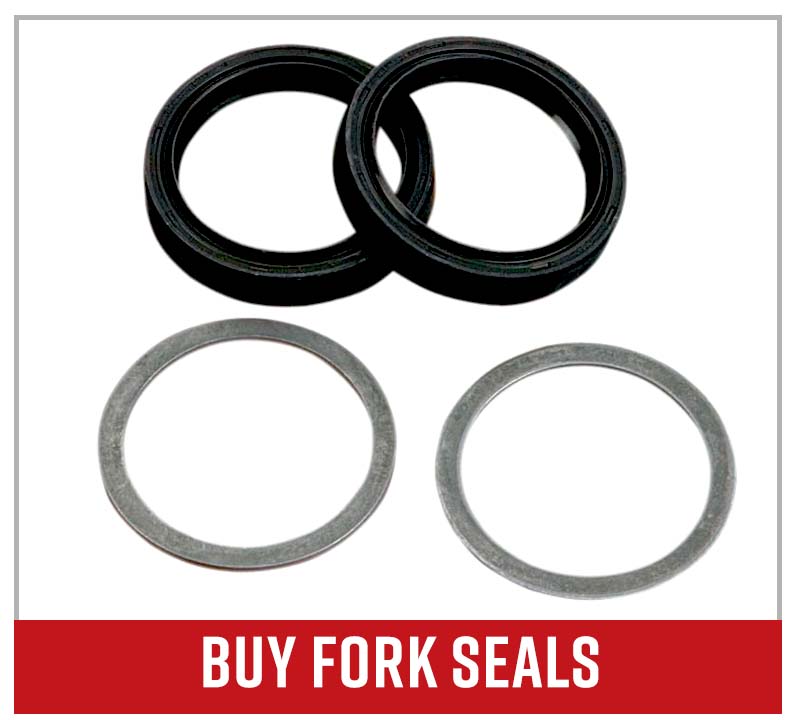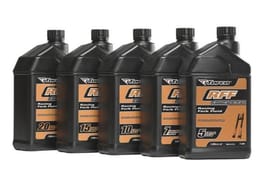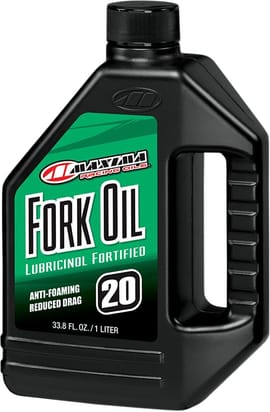Motorcycle Suspension Forks Maintenance Tips
When thinking about motorcycle maintenance, the first things that come to mind are usually things like oil, air filters, tires and brakes. But what about suspension forks?

Motorcycle fork maintenance is often overlooked, but they too need attention once in a while. The forks help provide a more comfortable ride, and they’re an important part of a suspension system that helps riders maintain control of the bike.
What Do Motorcycle Forks Do?
Motorcycle forks are connected to the axle on the front wheel, consisting of two tubes that go around either side of the wheel. They act as front end shock absorbers while keeping the bike steady.

Each tube has internal components such as springs and seals to keep the fork oil — which reduces friction inside the pistons — from leaking.

Motorcycles forks have dampening rods to absorb the shock of bumps on the road or trail. The dampening rods and small holes known as valves work together to compress the fork oil.
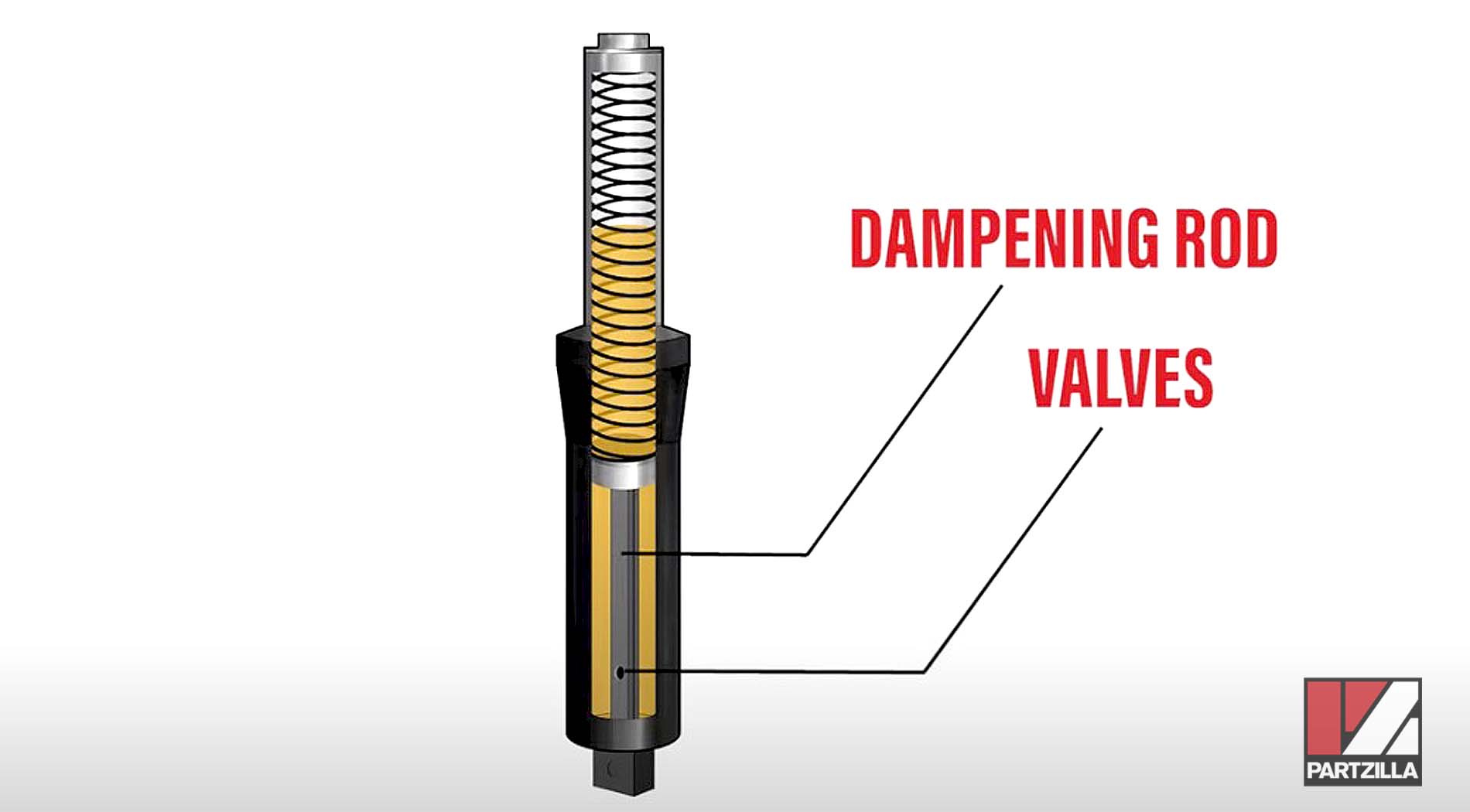
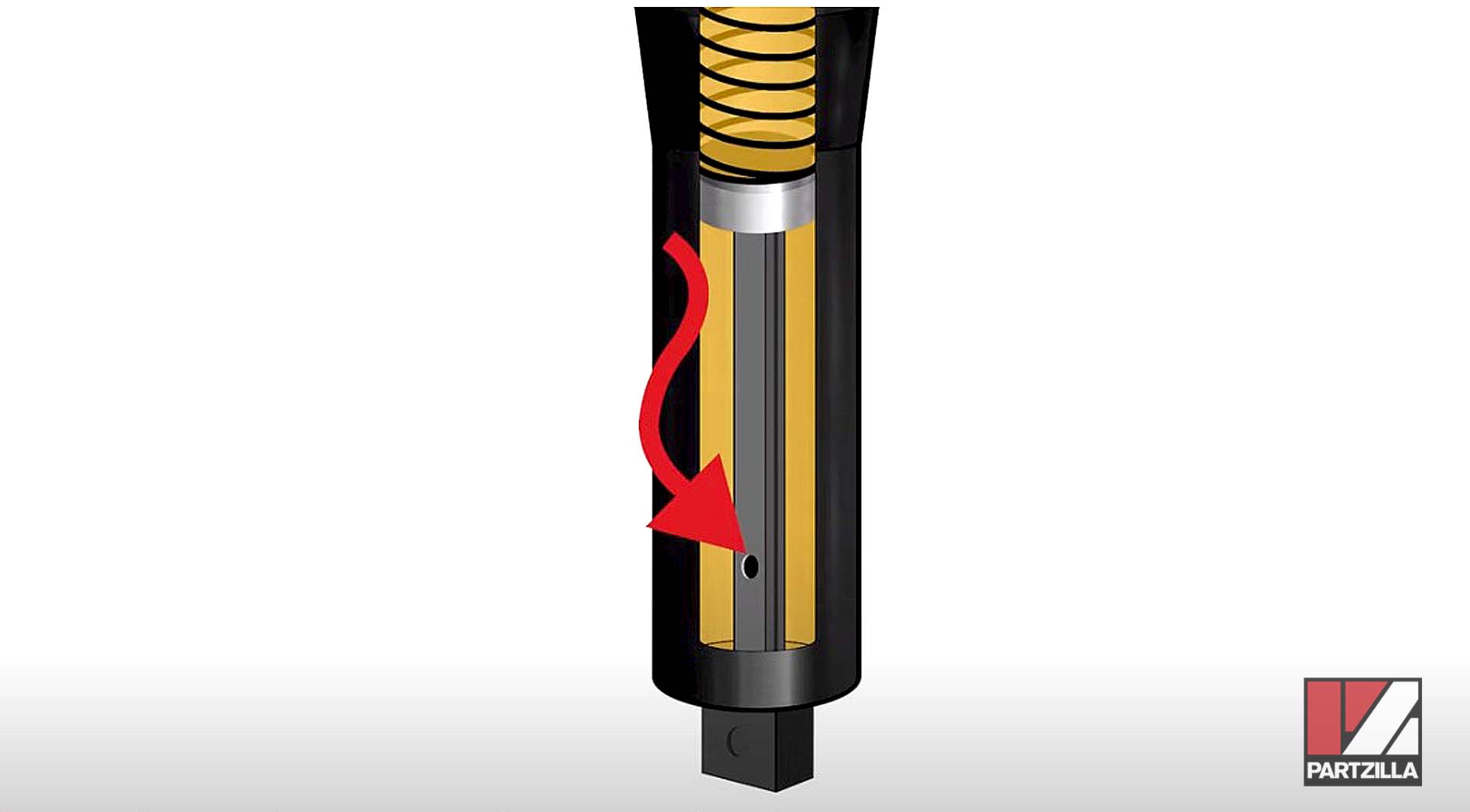
Ways to Maintain Motorcycle Suspension Forks
Sudden shifts in handling, excess bumping and reduced traction are some of the signs there are suspension system problems with a motorcycle.

If the suspension system fails, you could unexpectedly lose control of your bike, so it’s important to stay on top of the maintenance, especially the forks. Here are a few simple tips to help your motorcycle’s suspension forks last longer.
Change the Fork Oil
While not needed as often as engine oil changes, motorcycle forks need oil changes of their own. Like engine and transmission oil, fork oil gets dirty and deteriorates over time.
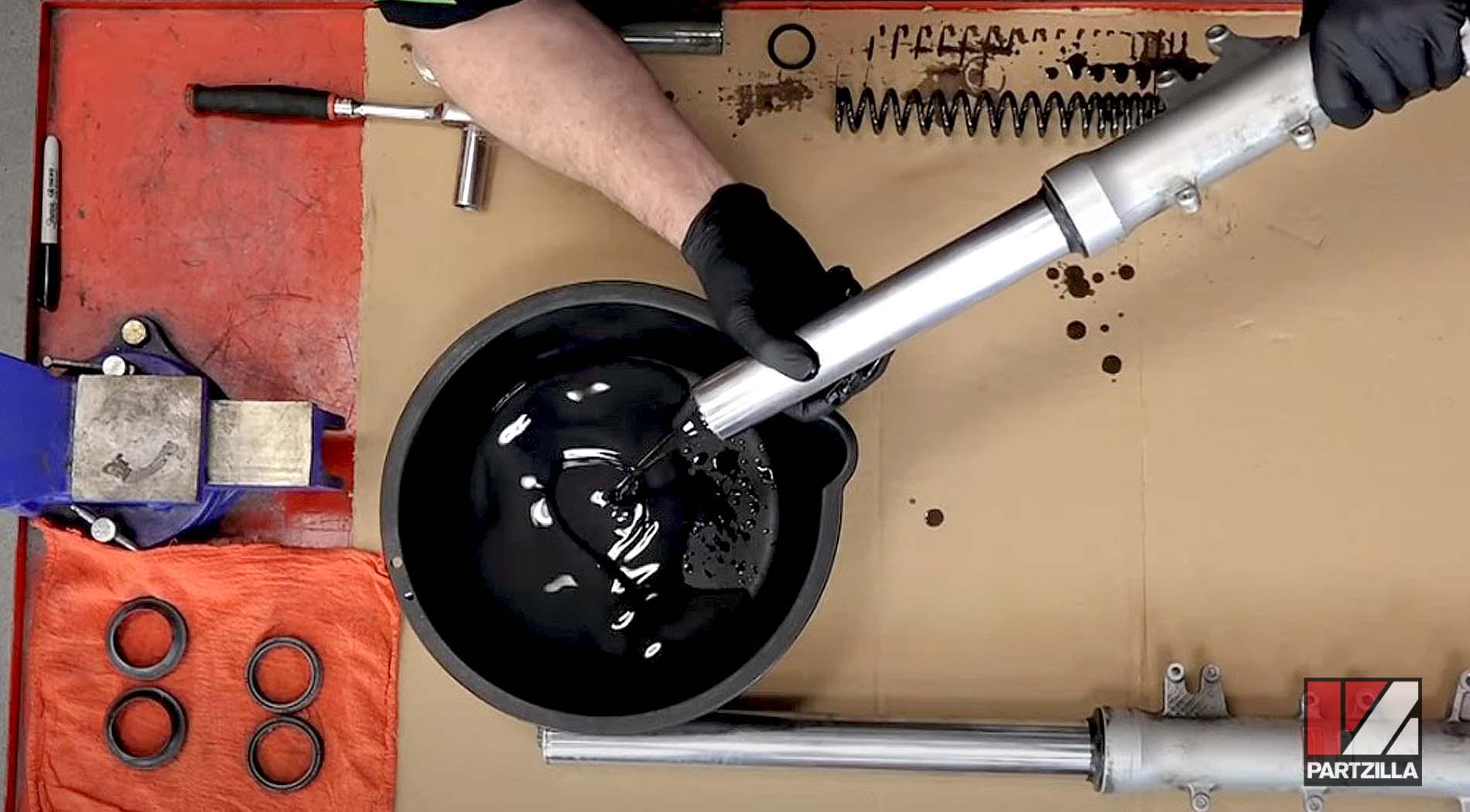
Contaminated oil slows down the dampening process, and how often you should change any oil depends on the manufacturer’s recommendations. It also depends on how hard you ride, but it’s typically recommended you change out the fork oil every 10,000 to 20,000 miles, or every two years, whichever comes first.
Draining and replacing the fork oil can be done several ways. Not all motorcycle forks have drain plugs, so the forks may have to be turned upside down to drain out all of the old oil. This can be done by either removing the forks, or hanging the bike upside down, whichever is easier for you. If you hang the bike upside down, you’ll have to remove several components, including the seat, battery and fuel tank.
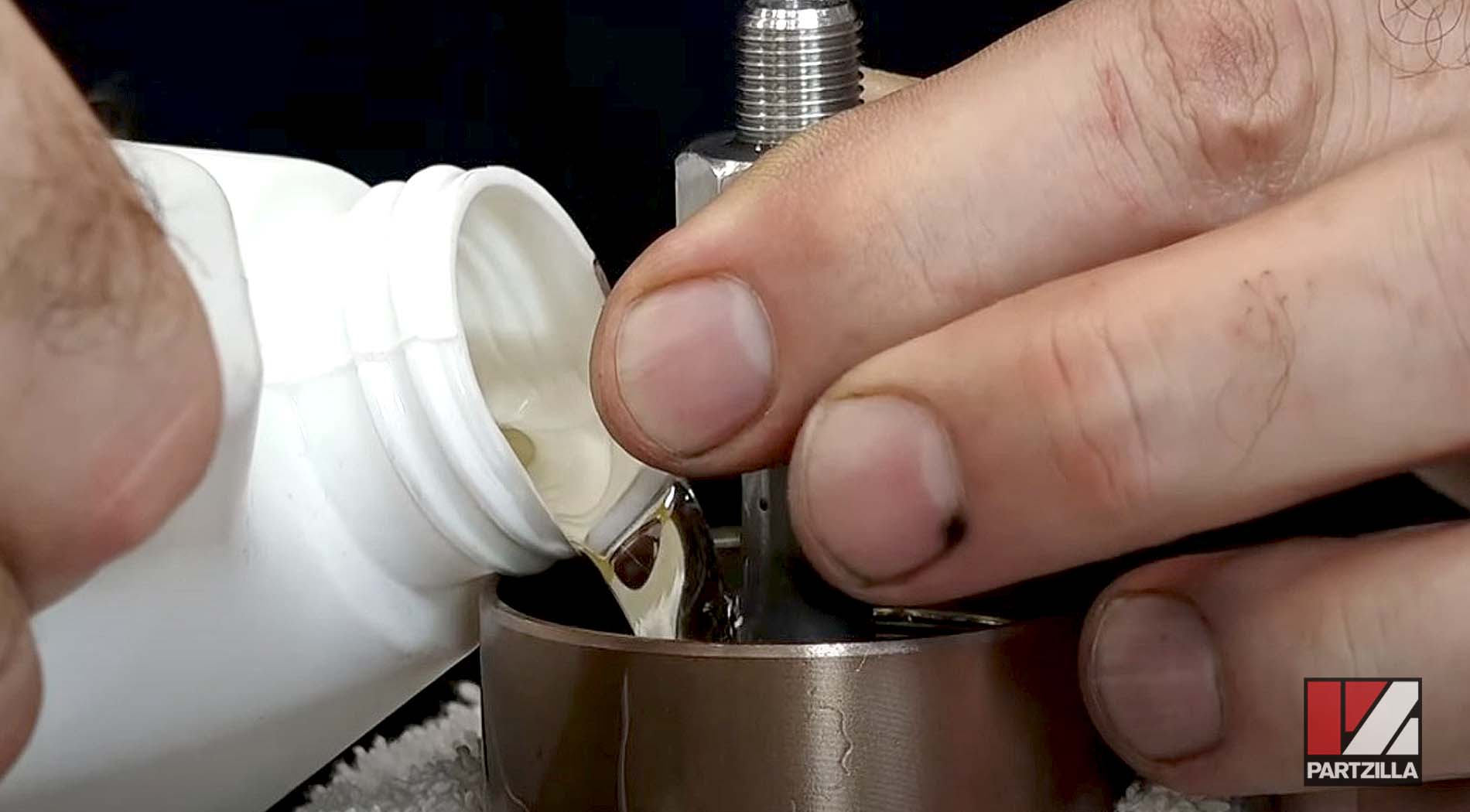
Modern forks use very light oils, and a slight change in viscosity may affect suspension performance. Once again, when it comes to the frequency of fork oil changes, it depends on the manufacturer’s recommendations, as well as how hard you ride. But you should probably do it at least every 10,000 miles for higher performance motorcycles like dirt bikes and sport bikes.
Replace the Fork Seals
The oil-based lubrication system of motorcycle forks relies on a number of seals to keep the oil from leaking, so the oil can make the pistons work smoothly without friction.
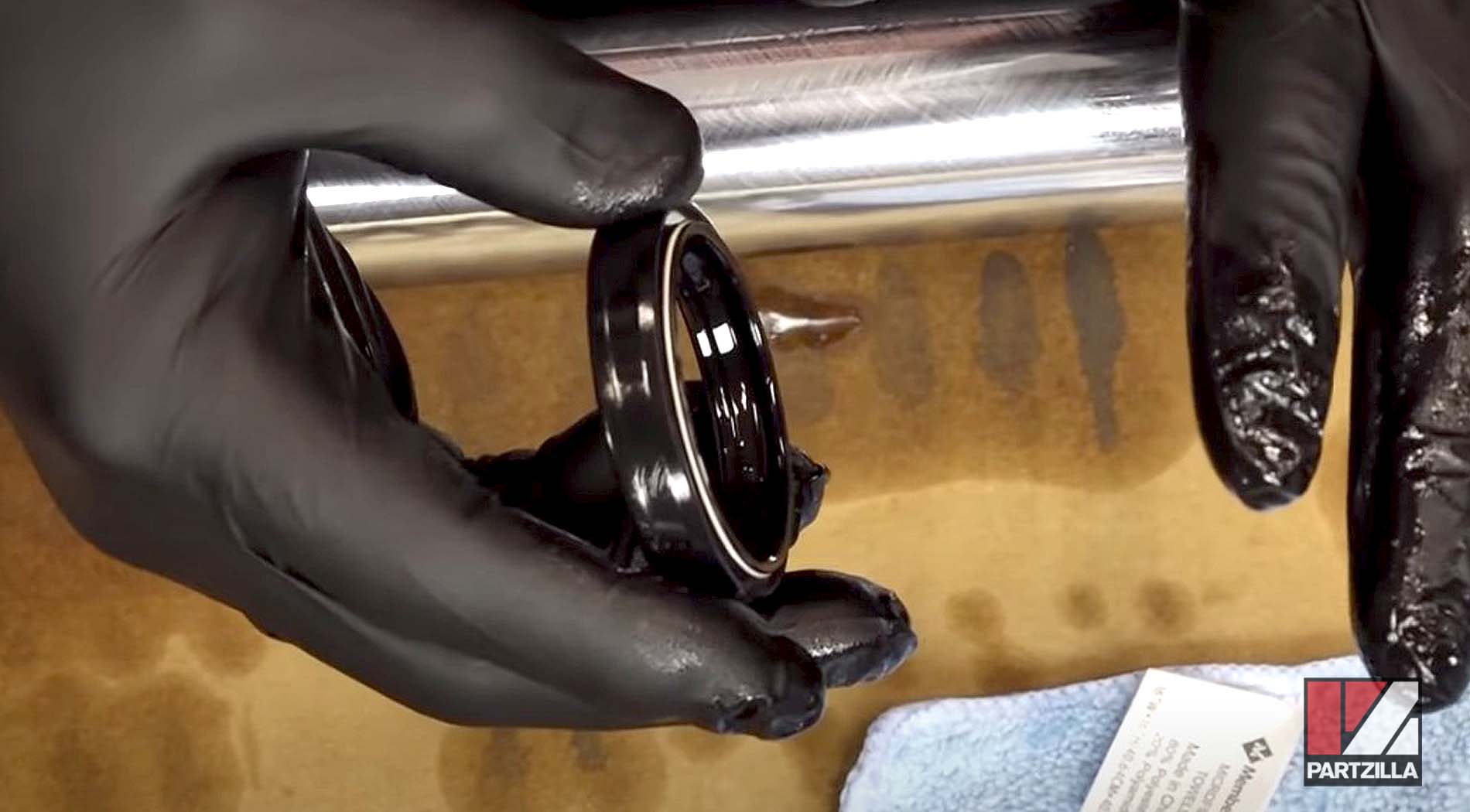
Fork seals keep oil in and dirt out, but like anything else, they wear out and fail over time. As with the fork oil, the harder you ride your motorcycle, the more often you’ll have to replace the seals.
Changing out fork seals is a common job that may require some special tools, including a damper holder and a fork seal driver, along with the new seals and fork oil.
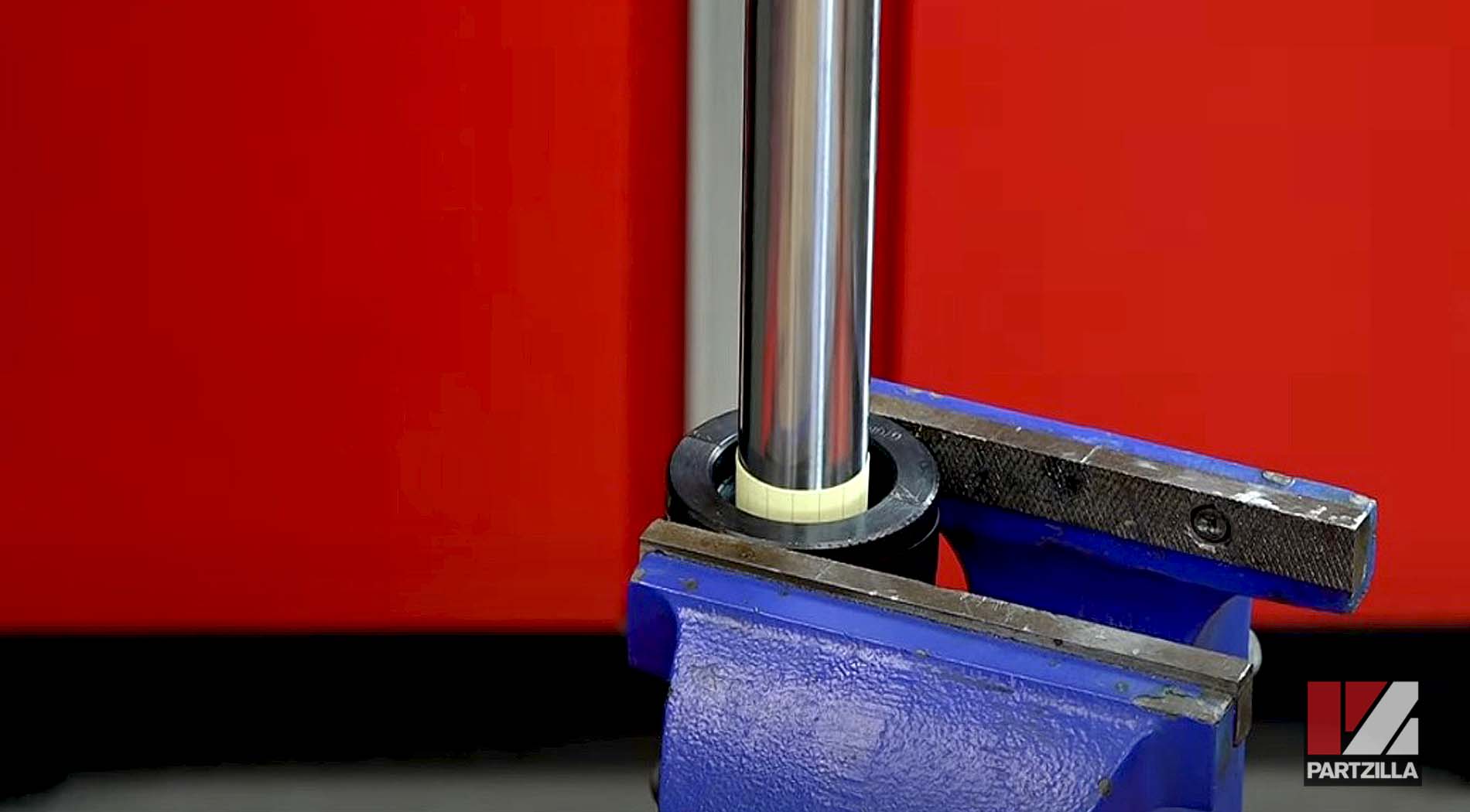
Signs of leaking fork seals include small oil puddles on the ground and oil residue on the forks. When changing out the fork seals, go ahead and replace the fork bushings too while you’re at it. Worn out bushings can create a clunky suspension feel while riding. Some fork seal kits include new bushings.
Keep the Fork Tubes Clean
Like any other metal components, fork tubes will inevitably rust and/or have pitting on them over time if they’re neglected and allowed to oxidize.
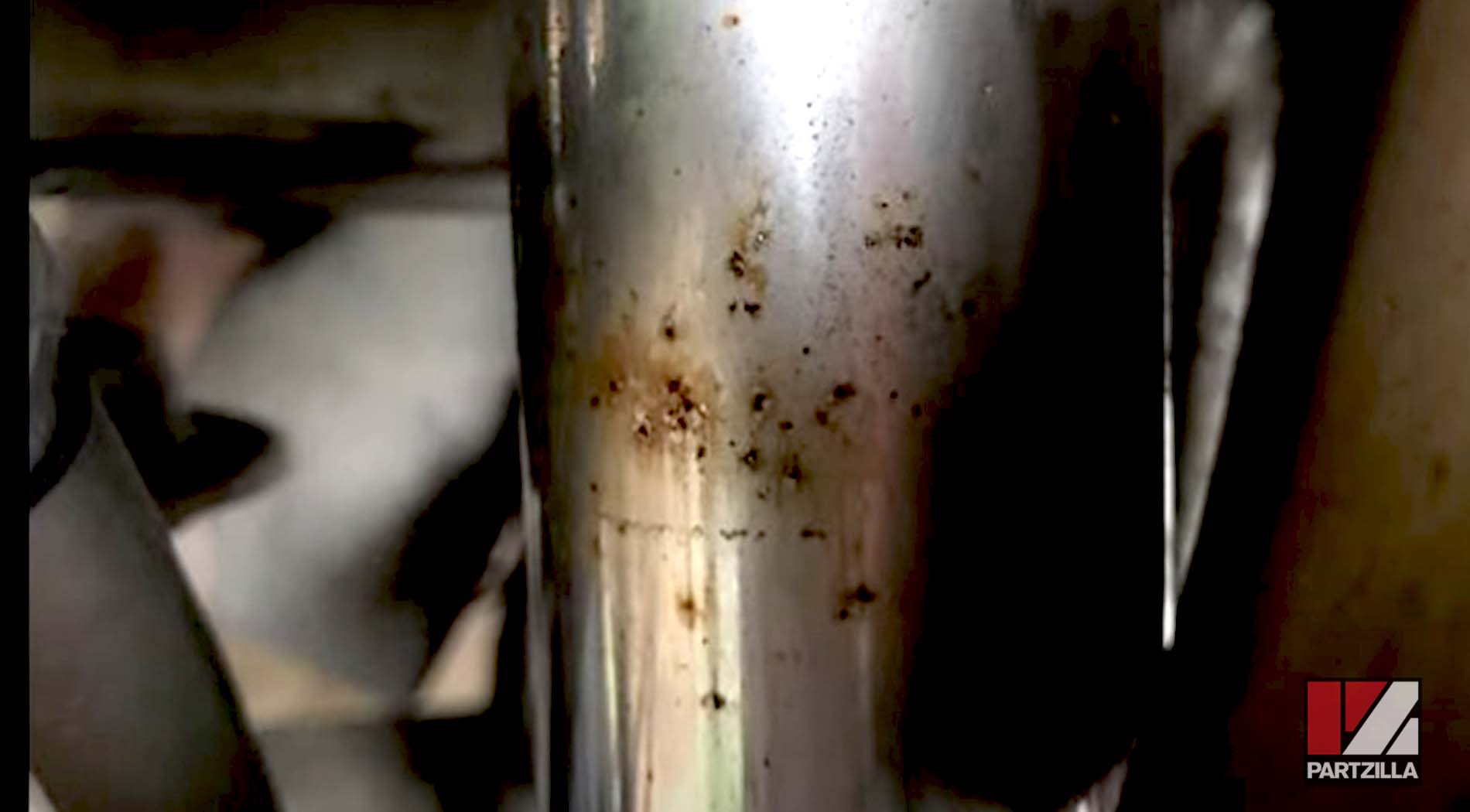
Hosing down the forks and drying them off is good practice, as is washing your motorcycle regularly. Forks can become pitted or damaged as rocks and other debris hit them, so you should inspect them for damage and leaks while you’re washing them. Remove all the dirt from the tubes and around the seals to prolong their effectiveness.
Rust is also an inevitable part of dealing with metal components. Pitting happens when the pipes get rusted, something commonly seen on chrome pipes. Keeping the forks clean and dry goes a long way in rust prevention. Dirt and grime retain moisture, so you want to get it off the forks as soon as possible. If pitting or rust has already started to form on the forks, use a metal polish or rust remover to get it out.
Upgrade the Suspension System
Not really a maintenance tip, but if you want more suspension power out of your motorcycle, you should consider an aftermarket suspension upgrade.

We wanted to get more power out of our 2018 Honda Grom ABS 125, so we did a whole bunch of rebuilds and upgrades on it before we gave it away to one lucky winner. Those upgrades included front and rear suspension upgrades using Ohlins aftermarket parts.
Watch the video above to see what we did to improve the suspension capabilities on our little Honda Grom, including installing a new fork kit for the front and a shock absorber kit for the rear.

